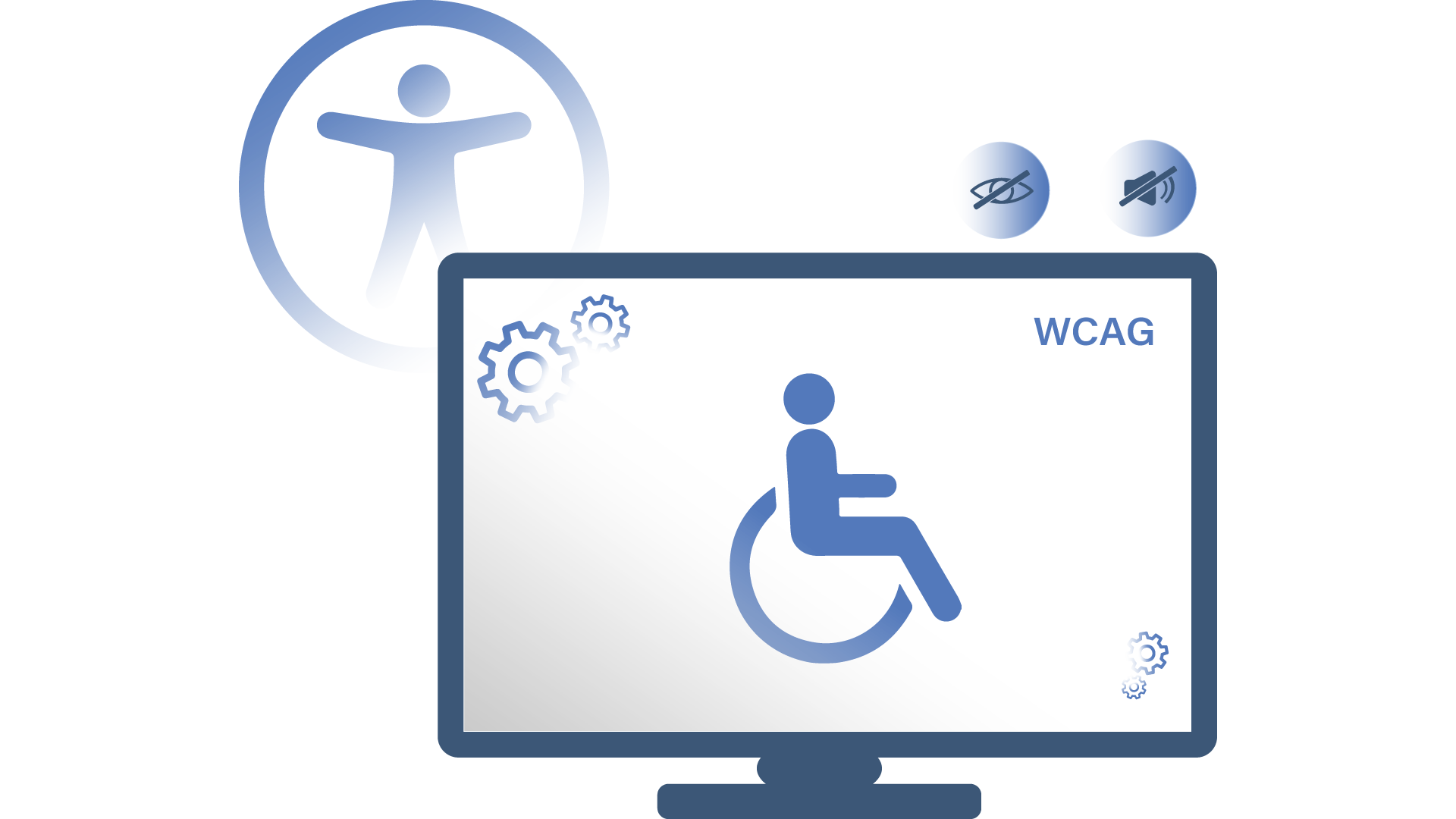WCAG / ADA
Web Content Accessibility Guidelines are arguably the most influential protocols shaping web accessibility policy.

What is the WCAG?
WCAG stands for the Web Content Accessibility Guidelines which are arguably the most influential protocols shaping web accessibility policy. WCAG is incredibly long and complex, with many different points and requirements, but they’re all based on 4 essential principles. The first step for achieving WCAG Compliance, it's to understand those principles:

Perceivable
The ways that users perceive content online through their senses of sight, sound, and touch. So, captions for videos, text that can be adjusted for contrast, color, text size and spacing, font, and similar factors that make it easier to read.

Understandable
Sites easy for everyone to understand. They don’t use a lot of technical terms or complex jargon, don’t have complicated instructions that are difficult to follow, and have consistent directions that won't confuse readers.

Operable
The ways that someone can use the site. It’s relevant to people with motor disabilities, weak muscles, injured limbs, etc. An operable site needs to be navigable entirely by keyboard, sight-assisted navigation, and other alternatives.

Why should I have WCAG Compliance?
The WCAG was created by the World Wide Web Consortium, known as the W3C. The organization has over 440 members including leaders from business, nonprofit organizations, universities, government entities, and relevant industries. The development of web accessibility standards was one of the earliest issues to be addressed by W3C founders in the mid-1990s. It would take several years however before a coherent set of standards would be published. In 1998, a 25-point document on best web accessibility practices was put as the basis for the first version of WCAG published the following year in 1999. Today, the updated version WCAG 2.1 is the W3C’s standard on web accessibility and the one we follow today. W3C originally focused on standardizing web protocols so that websites and web tools would be compatible with each other. Every W3C standard is reviewed several times, tested, and analyzed before it’s approved by members. Usually, W3C standards have 3 levels of compliance, from A to AAA.

Looking for collaboration?
Palaias Kavalas 65, Athens
Looking for a job? Send your resume




